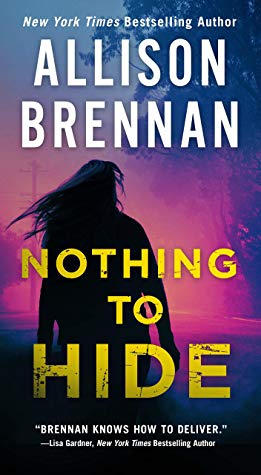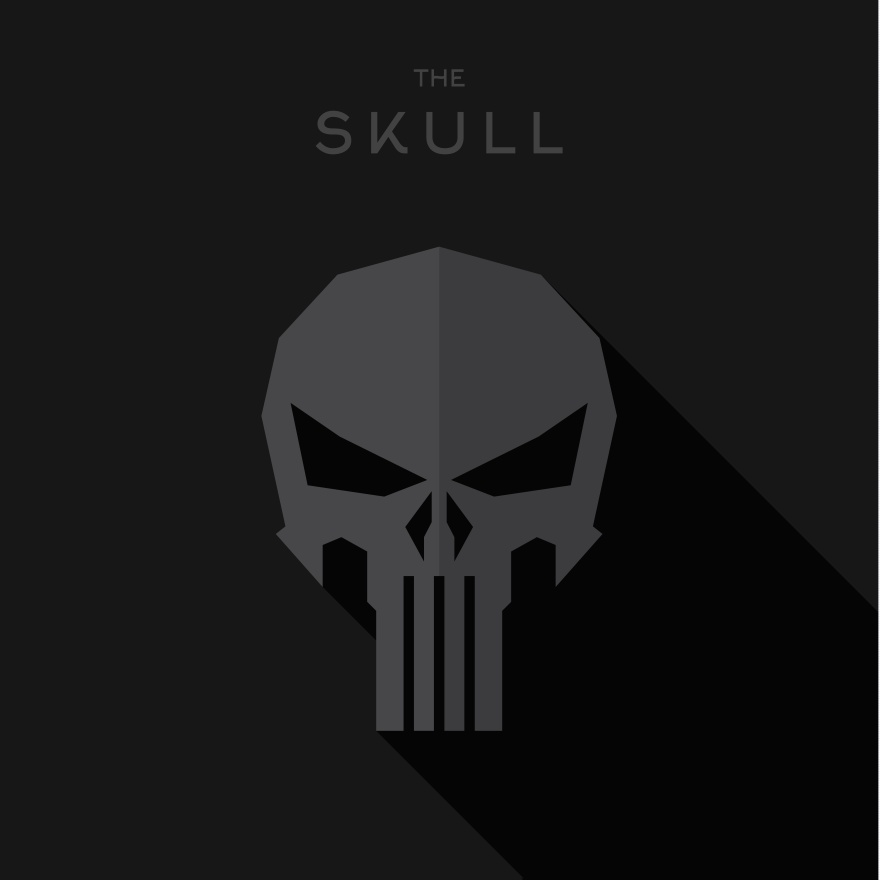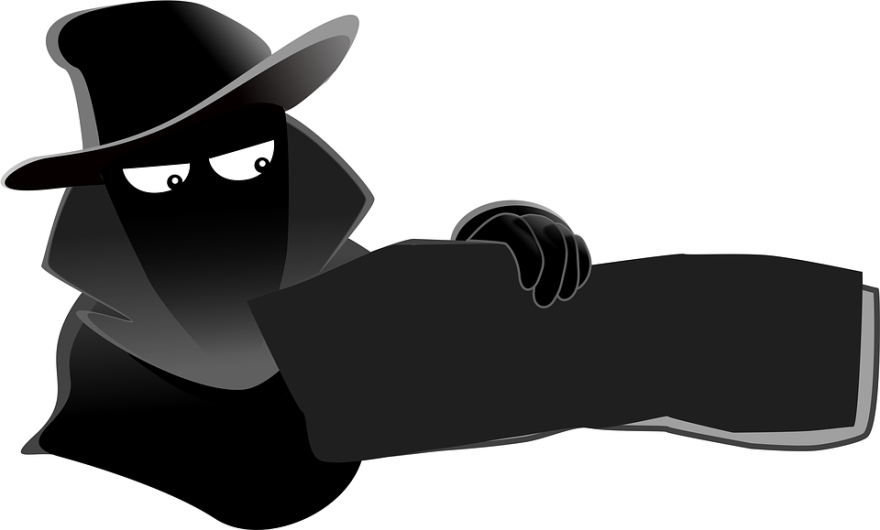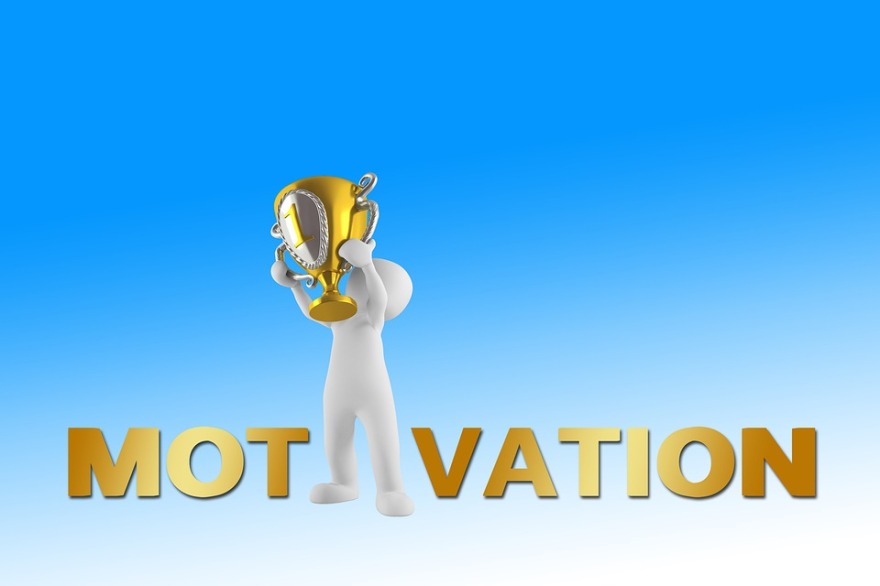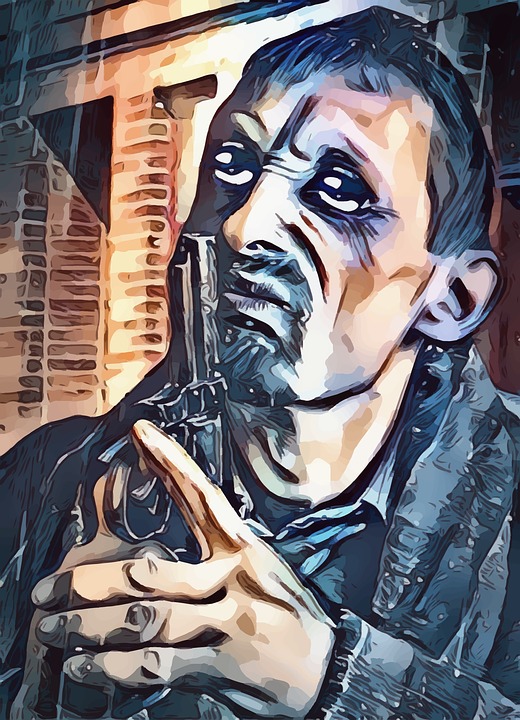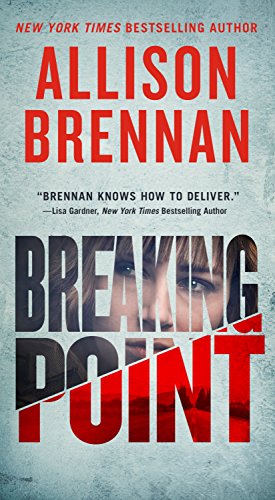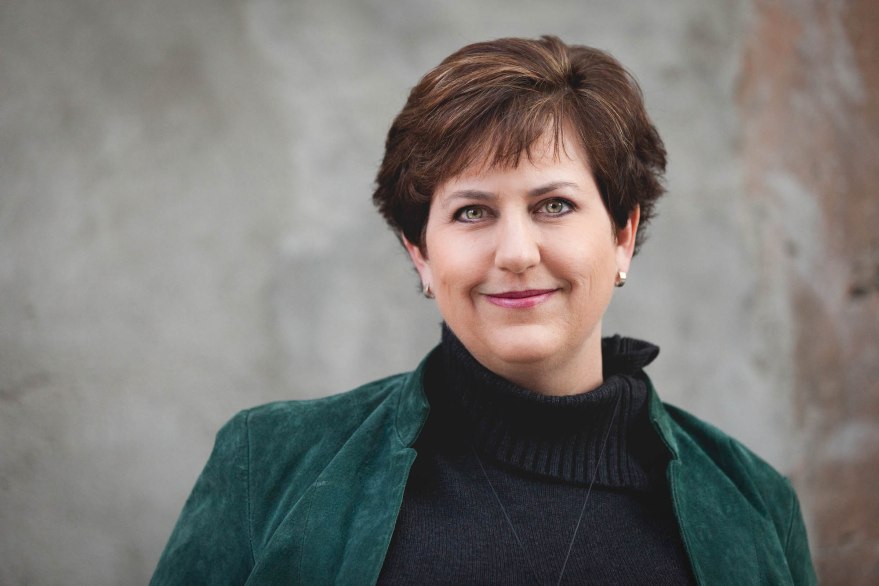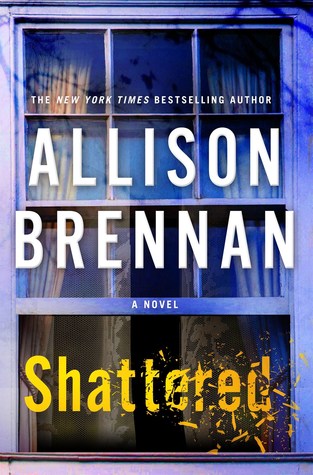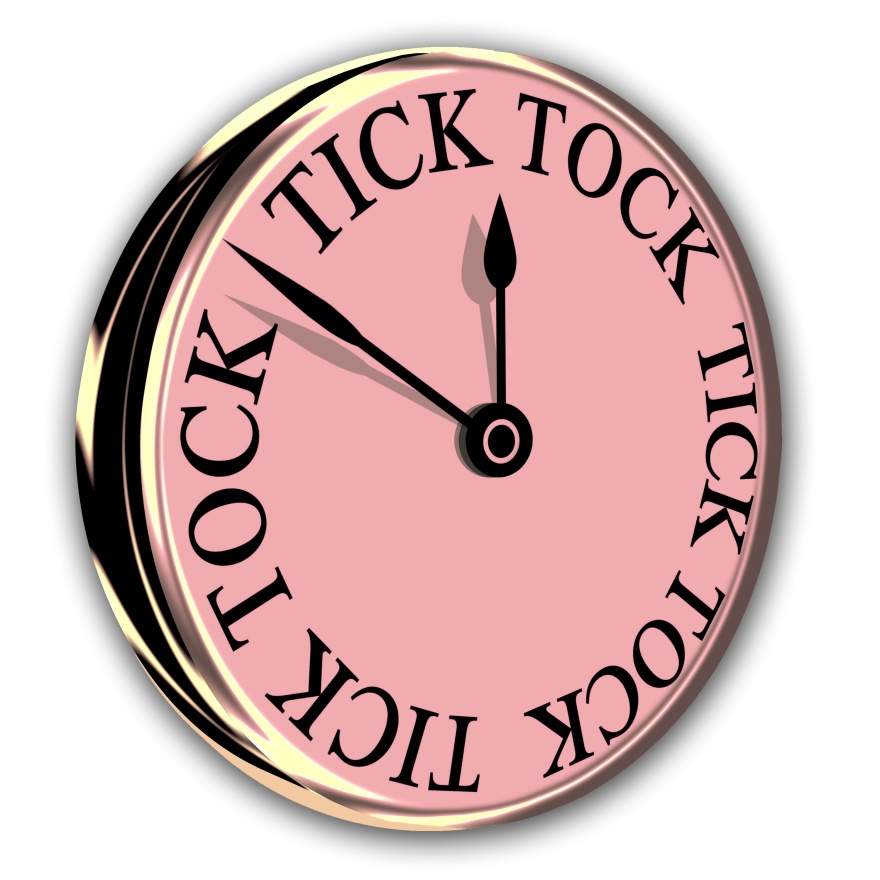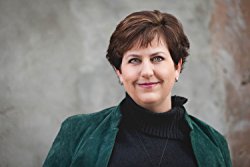
Allison Brennan discusses writing and her new books in the Lucy Kincaid series, STORM WARNING and NOTHING TO HIDE.
How do you determine if your idea is viable enough for a complete novel?
Because I don’t plot, every book idea evolves as I’m writing. Usually, I have a spark of an idea — a premise, a set-up, a character conflict — something that interests me. If the idea isn’t working, I tweak it as I write. Sometimes, a story just flows and the idea was better than I thought. Other times, the initial idea isn’t strong enough to carry a novel — I’ve actually written a couple short stories/novellas on ideas that were good but not “big” enough for 100,000 words. But after three dozen books, I usually know based on the initial story concept whether the idea is viable.

Do you approach writing every book the same or does it vary?
Yes. I start with an idea and a character and go from there. I don’t plot. I start at the beginning and write (mostly) linearly. At about the end of the first act (roughly page 100-150) I almost always get stuck and go back to the beginning. I add/cut/edit extensively. Then I finish the book. The first 150 pages usually takes me twice as long to write as the last 300 pages. And, ironically, it’s usually the first act that has more editorial notes than the last act. Go figure! But I can’t seem to do it any other way.
What are the bare essentials of your writing process?
A computer and caffeine. LOL. Seriously, I write every day. I start in the morning and write until the kids come home from school—and often later. I wish I could say I write XXX number of words a day then shut it off, but no. I write anywhere from 1,000 to 5,000 a day. Some days—especially in the last act as I’m nearing the end of the book and am really excited about what’s happening, I can write up to 10,000 words in a day. It’s rare, and they need a lot of editing! (For example, once I wrote an entire chapter with no dialogue tags because I was typing so fast!)

How would you say your writing process has changed over the years?
Mostly, no. But I have noticed one fundamental change. My first five or six books I wrote from beginning to end, a “sloppy copy” and when back to edit. I wrote fast, a lot of it was a mess, but I had the confidence that I could clean it up in edits. Now, I can’t seem to do that. I edit as I go. About book seven, I realized that if I think I’m writing something that isn’t working, I can’t continue. I have to go back and fix it. This isn’t about the word choices or grammar, it’s about story. If the story isn’t working quite right, I can’t continue without fixing it. The good news is that my first draft is usually really clean and tight. The bad news is that it takes me a lot longer to write that first draft. Now, and for about the last 10-15 books, at the beginning of the writing day, I re-read the last scene or chapter I wrote to get me back into the story (editing as necessary) then write the next scene or chapter.
How do you break down your story into scenes?
Instinct.

Did you enjoy writing the next Lucy Kincaid books, Storm Warning and Nothing to Hide?
I always love writing. I’m doing what I love. Even when I’m struggling with a story or a scene, I love it. Storm Warning was particularly fun because I knew it was going to be a novella and I could focus on one linear story. The benefit is that I don’t worry about sub-plots, and the story itself tends to be more fast-paced. This has been true for all the novellas I’ve written, so they’re a lot of fun to write. Nothing to Hide started with a solid premise — I wanted to call the book Two Lies and a Truth because each of the widows lied to Lucy about something and Sean’s son Jesse lied to him about something. The book is really about the lies we tell to protect others, and the lies we tell to protect ourselves.
Anyway, by the end of the book I loved the way it turned out, though I’ll admit at the beginning of the third act I had no idea how I was going to catch the killer (though by that point I knew who it was. And no, I didn’t know when I first started writing who was guilty!)
How are these two stories related to one another?
They really aren’t, other than sharing the main characters. In fact, Storm Warning more directly relates to the upcoming Lucy Kincaid book Cut and Run. The novella was set against the backdrop of a storm and flooding outside San Antonio. In the beginning of Cut and Run which takes place two months later, Lucy’s team identifies four bodies that had been uncovered in a mass grave after the flood waters passed. Nothing to Hide takes place between those two stories.
How does Lucy’s background in psychology help her solve cases?
Criminal psychology has always fascinated me, and I’ve read a lot of books about the subject, as well as true crime. Psychology is a tool that can be learned, but mostly it’s a tool that many cops use based solely on experience. So to me, Lucy has the best of both worlds—she’s been trained in criminal psychology, and she has a lot of experience both before and after she became an FBI agent. Now that she has nearly two years under her belt as an agent, she has more confidence in her abilities, but she still calls in those who have more experience to help—as any good investigator will do.

What dilemma is she facing trying to solve the crimes in Nothing to Hide?
The biggest problem with this case is that there is no apparent motive. The victims are very loosely connected (all married men under forty, all driving home alone at night, all killed by the side of the road when they exited their vehicle for no known reason.) But the men didn’t know each other; no one in their circles knew each other. They were of different races and socio-economic status. They had different family structures. The attack itself was quick but not painless, and as Lucy and her partner quickly learn, each injury was specific. The lack of motive for these crimes is what is keeping Lucy from solving it quickly—plus, there is little forensic evidence. If the crimes are truly random, Lucy recognizes that they won’t be able to solve the murders until the killer slips up and there’s a witness or physical evidence left behind. And so far, nothing.
As an aside, I wrote the killer so smart that even I had a hard time figuring out how to solve the crimes! I went back to a statement made by retired cop Lee Lofland in one of his blogs: every contact leaves a trace. That means that the killer had to have left something behind, even if they don’t know what it is. So they go back and look more carefully at each crime scene. And while the evidence they do find doesn’t give them enough to find the killer, it does give them a direction to pursue.

New York Times and USA Today bestselling author Allison Brennan believes that life is too short to be bored, so she had five children and writes three books a year.
Allison has penned more than two dozen thrillers and many short stories. RT Book Reviews calls Allison “a master of suspense” and her books “haunting,” “mesmerizing,” “pulse-pounding” and “emotionally complex.” RT also said that “The Lucy Kincaid/Sean Rogan books are getting better and better!”
COLD SNAP, was a finalist for Best Thriller in the Thriller Awards (ITW) and FEAR NO EVIL (2007) and COMPULSION (2015) won the Daphne du Maurier award. Allison has been nominated multiple times for RWA’s Best Romantic Suspense award, and the Kiss of Death’s Daphne award.
Allison lives in Northern California with her husband, five children, and assorted pets. Her current release is STORM WARNING: A Lucy Kincaid Novella, and NOTHING TO HIDE Lucy Kincaid #14 Available now.
www.allisonbrennan.com

